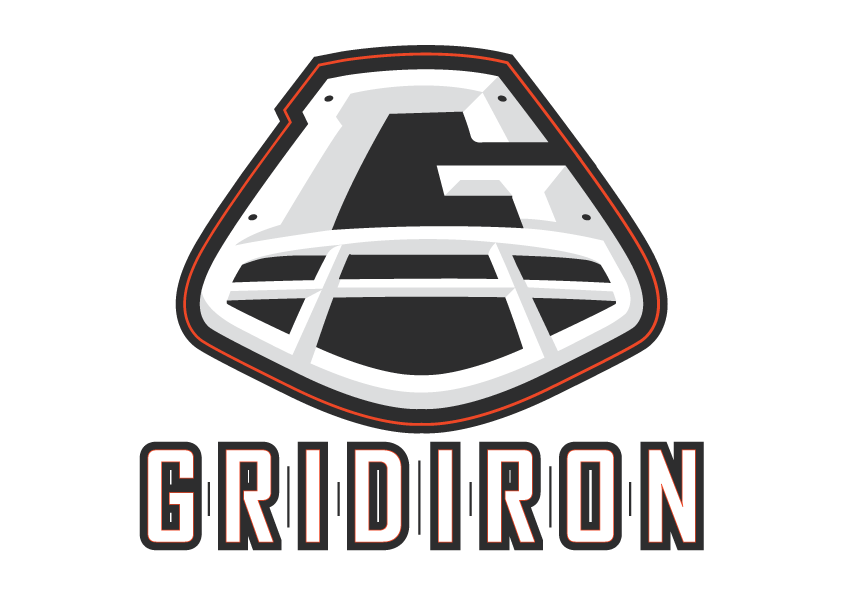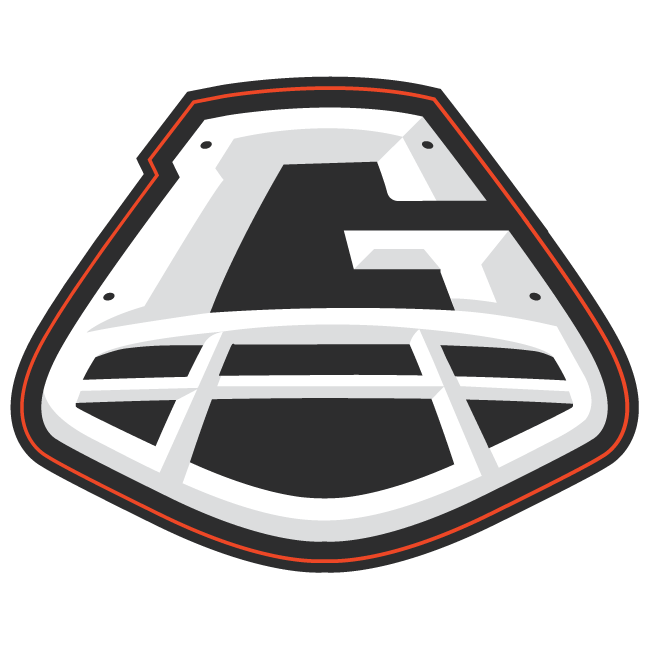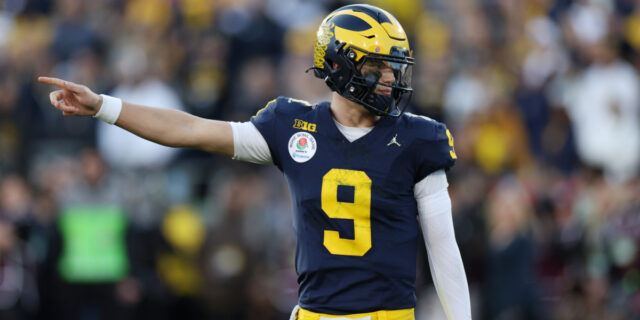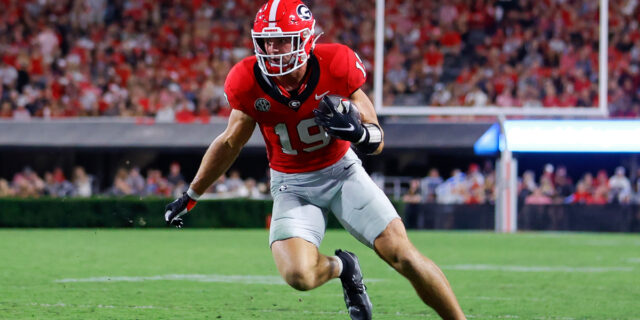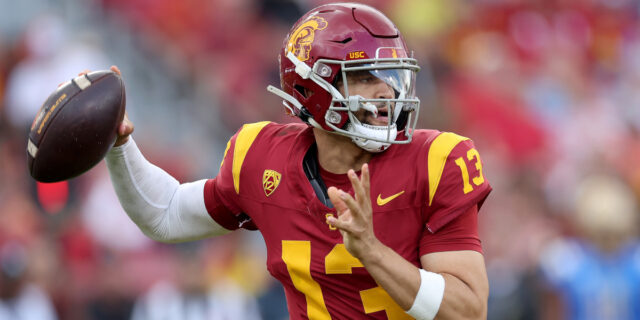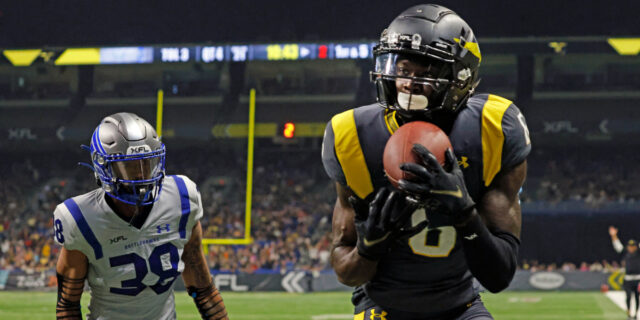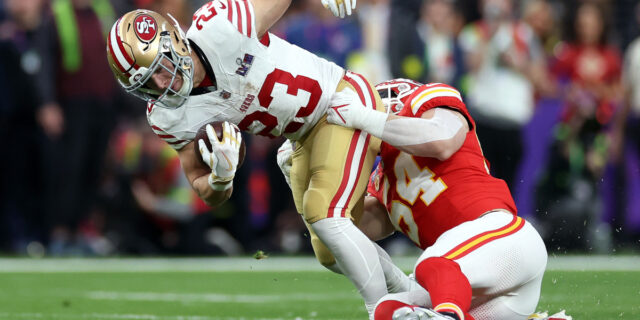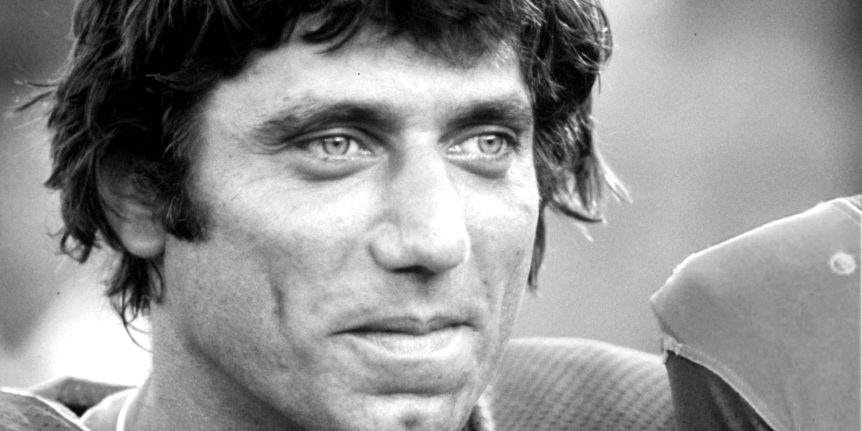
Guaranteed
Joe Namath’s ‘guarantee’ before Super Bowl III is one of football’s legendary tales and, in the final instalment of our archived lookback at the teams in Monday night’s reprise of the first ever MNF encounter, Mike Carlson looks beyond the quarterback’s forecast and reveals how the New York Jets blazed the way in creating the modern NFL.
Super Bowl III is a landmark in football history for many reasons, primarily the way it symbolised the equality of the NFL and AFL, whose merger had been announced on June 8, 1966. The leagues’ proposed unification was in danger of becoming irrelevant as the New York Jets tackled the much-fancied Baltimore Colts in the 1968 season’s finale, a time when cracks were beginning to show on the back of dominant wins for the NFL Green Bay Packers in Super Bowls I and II. Vince Lombardi’s men had systematically dismantled the Kansas City Chiefs in 1967 and Oakland Raiders in ‘68, prompting many, understandably, to label the AFL an upstart Mickey Mouse league.
Few expected the script to change for the third edition. Few except the Jets themselves, and their quarterback Joe Namath. Or so he’d have people believe. His ‘guarantee’ was not really such a big thing at the time: when asked if he thought the Jets could win, he said, ‘We will win, I guarantee it’. It wasn’t quite the braggadocio it’s now interpreted as, and didn’t cause the same stir as Fred ‘The Hammer’ Williamson’s trash-talking about the Packers before the first Super Bowl – hype that turned ironic when Williamson was stretchered off the field after being knocked out cold by Donnie Anderson on a Lombardi power sweep. In retrospect, however, Namath’s guarantee fits into Muhammad Ali’s predictions of the round in which his opponents would fall as a changing of the guard. This was the sixties, and the old-fashioned modes of respect and decorum required of sportsmen were changing just as they were in society. In some respects, the NFL has been fighting a rearguard action against it ever since.
Oddly enough, the Jets were actually a blue-collar team in the image of coach Weeb Ewbank’s famous 1958 world champion Colts. They were built around a tough defense, powerful running game and great, tough quarterback who combined shrewd field-generalship with a fearless arm. Like Johnny Unitas, Namath was always willing to attempt ‘dangerous’ throws and stand in the pocket as long as it took to make them. That’s not what folks remember, but check out the knee injuries he played through that plagued his career, and his high interception totals. Yet Namath was nicknamed Broadway Joe, not Blue Collar Joe, for a reason, and it was for that reason he was crucial to NFL history.
His place was cemented on January 12, 1969. Three days after speaking those infamous words, Namath faced his defining day. The Colts were a daunting proposition, a juggernaut whose 13-1 record was built around an offense that scored 402 points despite their star signal-caller, Unitas, missing the entire regular season, and a defense which yielded just 144. They avenged their sole loss, to the Cleveland Browns, with a 34-0 demolition in the NFL Championship Game. The Jets, meanwhile, narrowly beat Oakland in the AFL Championship Game, and entered the contest as 18-point underdogs.
However, New York’s defense and fullback Matt Snell stepped up amid a controlled performance from Namath to secure a 16-0 lead before Unitas came into the game for Earl Morrall, the backup having thrown three interceptions after retaining his place as starter on the back of an MVP season. Then-Colts coach Don Shula’s decision to return to Unitas paid off as he orchestrated a touchdown drive, although those would be Baltimore’s only points as the Jets triumphed 16-7. Despite modest numbers, Namath – who completed 17 of 28 passes for 206 yards – saw his legend crystallised by the game’s MVP award. It might better have gone to Snell, but he hadn’t guaranteed a win.
There is so much hype around the upset that it’s sometimes forgotten how many hardcore NFL supporters regarded the result as a fluke. It took Kansas City’s hammering of the favoured Minnesota Vikings the following year for many to realise the Jets’ win wasn’t an aberration. In fact, you could argue the ‘69 Chiefs were at least equal to the 66-67 Packers as the decade’s best team.
Although Namath and Co.’s success came at a crucial time; the pivotal moment in the merger wasn’t the Jets’ Super Bowl win. In March 28, 1963, Harry Wismer sold the pathetic New York Titans to a group headed by Sonny Werblin – the key man behind the NFL and AFL joining forces.
Most AFL owners were rich football lovers willing to risk money to bring the game to their cities. What Werblin, one of the biggest show-business agents in America, brought to the owners’ club was an awareness that pro football was part of the entertainment industry, and needed to be sold to the public not as game (that had already been accomplished, starting with the 1958 sudden-death championship) but through stars.
In New York, the Jets were competing with a Giants team that had been the NFL’s most glamorous when the AFL was born. Stars like Frank Gifford, Kyle Rote, Charley Conerly and Andy Robustelli were the toast of town. But Werblin was lucky, because the Giants were fading by the mid-sixties and he knew the Jets could challenge them, not as the working stiff’s team, but as New York’s better and more glamourous outfit. However, he needed a star, and was smart enough to realise that quarterbacks, not runners, receivers or defenders, were going to be the focus of modern football.
Werblin also knew football’s popularity was a result of, and linked to, television’s growing importance. Football didn’t replace baseball as the national pastime, television did; football became America’s biggest sport as a result. Werblin, who represented the likes of Jackie Gleason and Ed Sullivan, also understood the value of the game to TV networks where other owners – who feared it might burn them at the gate – didn’t.
On January 29 1964, he signed a five-year contract with NBC for AFL broadcasts which basically guaranteed every team an unheard of $1m per year. In effect, NBC was bankrolling them in their contest with the NFL to sign college players. The Jets drafted Namath first overall in the 1965 AFL draft; the St. Louis Cardinals took him the first round of the NFL version. The day after Alabama’s loss to Texas in the Orange Bowl, Namath signed with the Jets for $427,000, more than double what he had asked the Cardinals for. The NFL’s fear of future bidding wars for college talent, more than any other factor, brought about the merger.
The league’s shrewdest move in the negotiations was keeping Werblin out of them; the Cowboys’ Tex Schramm, whom Pete Rozelle had worked with and trusted implicitly, met secretly with Chiefs owner Lamar Hunt, one of the true football-lovers, but not in Werblin’s class in understanding the game as a television business. Had Sonny been at the table, I suspect the AFL might have retained its identity as a separate league rather than being subsumed into the NFL, just as three teams from the All-America Football Conference had been in 1950. One of those teams, Cleveland, immediately won the NFL championship.
History would repeat itself. By 1970, when the leagues merged fully into what is the modern NFL, they were equal with two Super Bowl wins apiece. That’s thanks to Namath and the Jets. They won one for their league, legitimised the merger, and more importantly began the hyperbolic elevation of the Super Bowl into what it is today.
